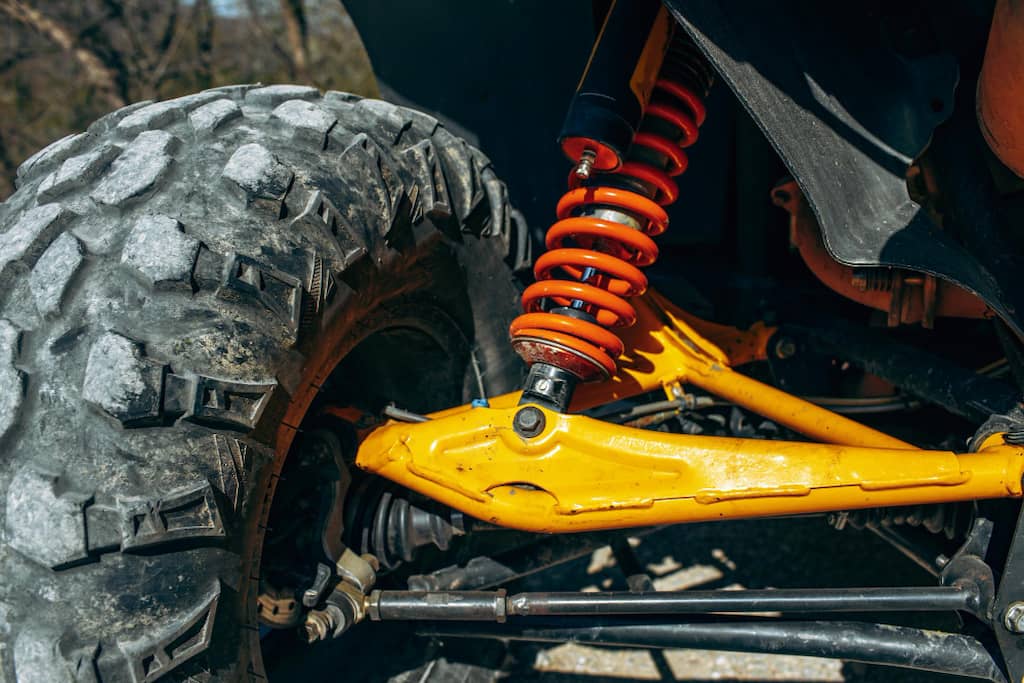
Quads have become increasingly popular for their versatility and ability to handle rough terrain. Whether you’re planning a mountain adventure or looking to explore rural paths, quads offer a unique experience. However, when deciding whether to rent one, a common question arises: How much does a quad weigh? This factor directly affects maneuverability, the types of terrain it can navigate, and even the kind of trailer it might require. Here, we’ll discuss the weight variations among quads and compare them with ATVs—two of the most popular vehicles for outdoor activities.
How Much Does a Quad Weigh?
The weight of a quad can vary significantly depending on the model, intended use, and engine size. In general, a standard quad weighs between 200 and 400 kilograms. Lighter models are often designed for recreational use or simpler routes, while heavier quads are built for challenging terrain or additional loads.
High-displacement quads, designed for extreme conditions or carrying passengers, can easily exceed 300 kg. This extra weight improves the vehicle’s stability on difficult terrain and increases its load capacity. Utility quads, built specifically for work, are typically heavier and more robust. These models are widely used in agricultural and forestry activities or in hard-to-reach areas where durability is key.
If you’re considering a quad rental in Torremolinos for a getaway or an off-road adventure, it’s essential to consider the vehicle’s weight in relation to the type of terrain you plan to explore. Additionally, some novice users may find it easier to handle lighter quads, especially if it’s their first time on such vehicles.
Weight Differences Between Quads and ATVs
While the terms “quad” and “ATV” are often used interchangeably, there are significant differences between them, especially regarding weight and purpose. Quads and ATVs (all-terrain vehicles) are designed to offer different experiences and uses.
- Quads: Quads typically have four wheels and are primarily used for recreational routes and quad excursions. Their weight tends to be lower than that of ATVs, especially in models designed for beginners or soft terrain. These vehicles are designed with maneuverability and driving comfort in mind, making them ideal for leisure and exploring less technical paths. The driving experience in a quad is generally lighter and more agile, particularly in models weighing around 200-250 kg.
- ATVs: ATVs, on the other hand, include more versatile and robust models designed for much more demanding terrain. The weight of an ATV is generally higher, ranging between 300 and 500 kg on average. This additional weight provides stability on uneven terrain and allows for the transport of tools or materials. This makes ATVs ideal for agricultural tasks, rescue missions, or work activities in challenging natural environments. For those interested in ATV routes, these vehicles are often better suited to rugged or mountainous terrain.
Beyond weight, another important difference between quads and ATVs lies in suspension distribution and seating position. ATVs usually feature sturdier suspension and a riding position that provides better control on rough surfaces. Quads, being lighter, can be a better option for users seeking more freedom of movement and a smoother ride.
Conclusion
The weight of a quad is a crucial factor that affects its stability, its ability to tackle various terrains, and ease of handling, especially for beginners. A standard quad typically weighs between 200 and 400 kg, while ATVs may exceed that range due to their design for more demanding conditions and tasks. Understanding the weight differences between quads and ATVs can help you select the ideal vehicle based on your needs. If you’re looking to enjoy outdoor adventures or need a vehicle for quad excursions, consult your provider about weight options and features.
Whether you choose a lighter quad for smoother routes or a robust ATV for challenging terrains, both offer thrilling experiences in nature. Ultimately, choose the vehicle that best matches your skills and the type of terrain you wish to explore.
If you enjoyed this article, you may also be interested in: “How Many Gears Does a Quad Have?“
